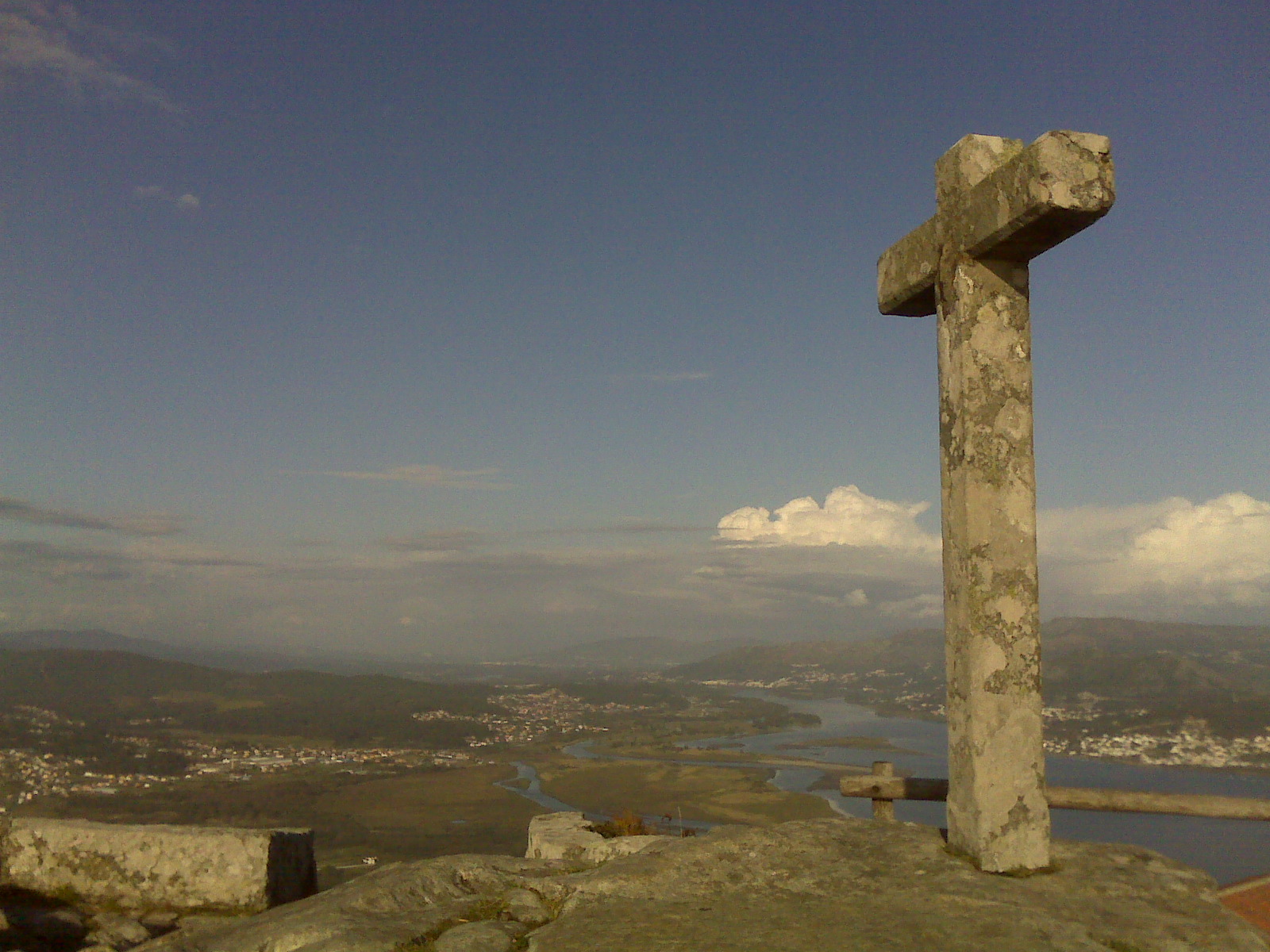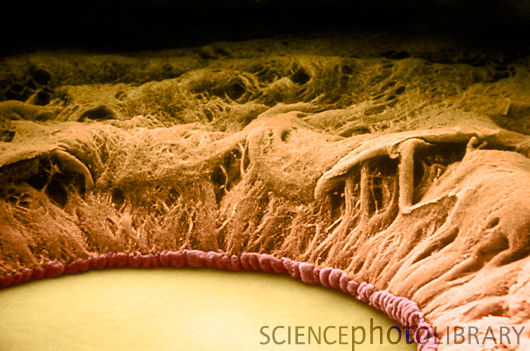After seeing this impressive video by Robert Weber about a town near where I used to to live, I decided to give tilt-shift photography a try…
[youtube=http://www.youtube.com/watch?v=S4swoERUXpU]
I never tire of that video, and the music grew on me too.
Anyway, so here is the straight dope on tilt-shift…
What you’re supposed to do is take a picture with the lens tilted along a horizontal axis relative to the photographic plate (or CCD for newfangled cameras). This means only a strip across the middle is in focus, and the picture gets gradually more blurry towards the top and bottom.
Now this sounds wasteful of good focus, but is actually something the eye is very used to seeing whenever it looks as a horizontal plane, such as a table-top (one that’s pretty close). Of course, for bigger things, like a football fields, you can usually focus on entirely, especially if you’re seated where the tickets are cheaper. Anyone who has tried to take a photo of small things, or used a microscope, knows this.

So basically, the brain associates this blurring with ‘close’ things, and uses it as one of its tools to guesstimate the size of things.
So you (yes you!) can fool the brain into making things look smaller by adding blur to your photos!
Aside for my science readers…
You can actually create true focal depth blur by using a very wide aperture in your camera; however, even the widest apertures struggle to create much miniaturisation – to get true blur at significant distance, you really need to scale-up the camera proportionally with the distance. To make a warehouse look like a microchip, you really need a camera big enough that its microships are the size of warehouses 🙂


Now, when I was researching this, I was probably thinking what you’re thinking. Mile-wide camera’s are probably a custom job, and even cameras where the lens can be tilted never fail to confuse the nice people at Wal-Mart.
Needless to say, Photoshop (other brands are available!) can add the blur.
Before we dive in, another other top-tip is that air tends to add blue and wash out your colour saturation; you can remove the faraway mountain look by bigging up the red and green saturation. So here was an early attempt of mine:


Here I took a fairly plain photo, added progressive more blur toward the top and bottom, but taking care to mask the tree on the right from the blur. I also greened it up a bit 😉 – I like how it makes the destiny of the golf ball sort of mysterious. Like most of my golf balls.
Of course, touch-ups like the tree are tedious, you really need a photo that has the faraway stuff at the top and the things at the bottom to avoid such issues. Or you can just ignore them and it usually works out fine:

So I blurred the treetop. Most viewers (test subjects in my experiment) did not notice this until I explained what I had done.
Here is one last example; the photo just asked for it…

Enjoy trying it out, and please do add links to your own work – though not to ones you find by googling “tilt-shift photography”, I already did that, and heartily recommend it 😉










